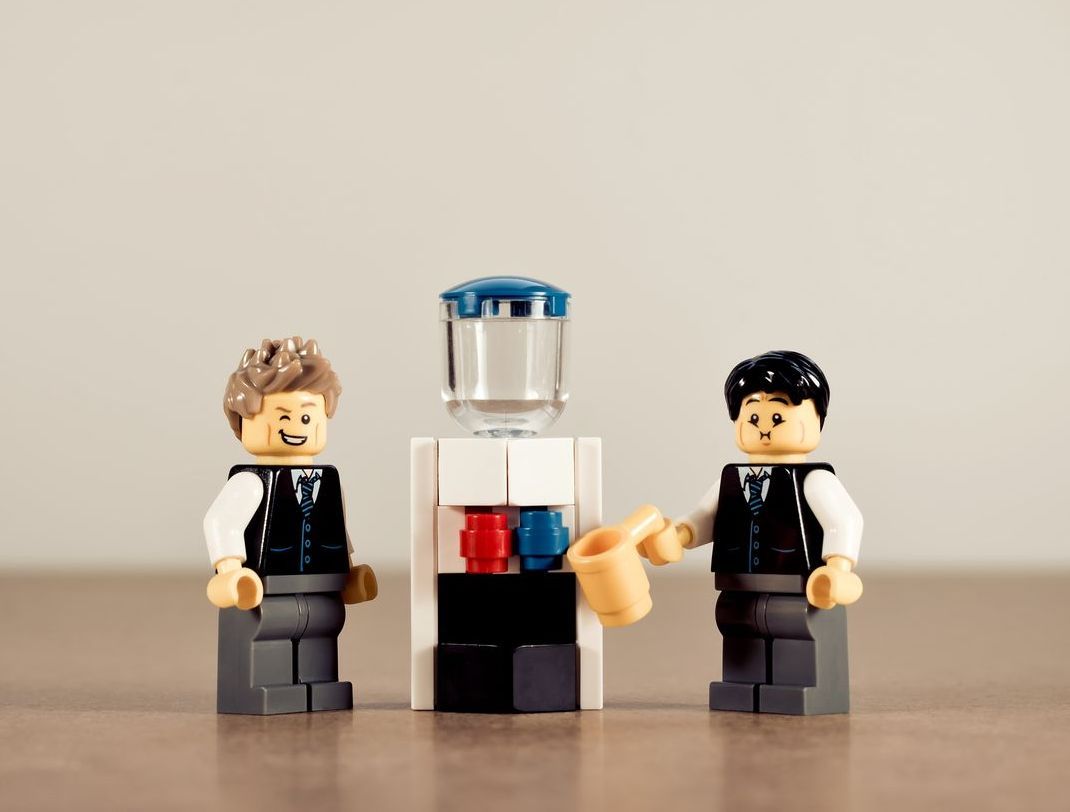1MG FlippingBooks
More Than A Toy
What happens when a global toy manufacturer realises it can be more than a source of entertainment? LEGO funds research, resources, and STEM-focused products to drive hands-on learning, embracing innovation as a social good.

Most children in Australia will hold a piece of LEGO in their hands at least once through childhood, but the company is about much more than popular toys.
The LEGO Foundation, first set up in 1986, is now is a force worldwide in promoting the neuroscience behind play, and learning. For all the talk in Australia of the need to build STEM (Science, Technology, Engineering, and Mathematics) skills at a young age, there are few companies actively invested in growing the research base of what works to engage children, and even fewer providing those resources to the general public for free.
As Dubois et al. write in The Conversation, “Turning raw material into something that sparks kids’ imagination, promote social and motor skills development or perhaps even trigger career aspirations, is no small endeavour.
“Involved in this process are designers, artists, videographers and engineers, in addition to marketers, sales representatives and everyone in between.
These innovators leverage the latest science — psychology, early childhood development, linguistics, physics, computer modelling — and use techniques such as biomimicry to replicate nature’s work (such as hatching).”
Confidence and learning
One recent poll funded by the LEGO Foundation attempted to understand the general level of confidence among STEM, or STEAM (which is STEM plus the Arts, a recognition of their crucial role in shaping understanding). Based on 11,000 responses, including 5,000 students and parents, and 1,000 teachers, there was a clear disconnect in confidence.
Only 17 per cent of students considered themselves ‘very confident’ in learning STEAM subjects. Only 36 per cent of teachers considered their students more confident today than five years ago, and only 38 per cent of parents believed their child was more confident than they were at the same age. Hardly inspiring figures, especially when you consider that 76 per cent of teachers surveyed believe that anxiety and a lack of confidence hinder learning among their students, and half of students surveyed feel nervous about trying new things at school.
Here’s where hands-on learning could come in “handy”: as many as 95 per cent of teachers believe that it builds student confidence, 93 per cent of parents believe that it helps their children retain skills, and just under 90 per cent of students feel that it helps them learn, and retain information.
The benefits of building STEAM skills also appear to have confidence-boosting effects broadly in education settings. 82 per cent of students that were confident in STEAM felt confident about school broadly, and 75 per cent said they felt more confident than their peers.
Building confidence
There is a wealth of research that shows the link between hands-on play and learning.
A 2019 paper featuring an Australian lead author, Rachel Parker, Senior Research Fellow at the Australian Council for Educational Research (ACER), alongside Dr Bo Stjerne Thomsen, Global Head of Research at the LEGO Foundation, asked: How has learning through play been applied in formal schooling, and what has been the impact on children’s holistic skills?
Mapping out pedagogies, the methods and practices of teaching, the LEGO-funded research noted that in Australia, England, and the United States the curriculum of formal schooling is being ‘pushed down’ into early learning contexts in place of play. Essentially, kids are being forced to learn formal concepts in lieu of growing the skillsets that will allow them to learn more holistically.
“At the same time, a number of Southeast and East Asian education systems are seeking more child centred pedagogic practices to foster holistic learning. They are expanding learning outcomes to include social, emotional, physical and higher order thinking skills, and recognising that holistic learning requires executive summary integrative pedagogies such as project-based or inquiry-based learning,” the authors write.
As Australia’s education standards and results falter in comparison to our APAC neighbours, perhaps it is worth re-examining the value we place on play in learning. Education programs that involve study skills, metacognition, collaboration, and student-centered approaches to learning positively impact overall learner achievement and close the gap between low and high performers.
As the authors note, “It is not enough for children to merely participate in education. The right of children everywhere is to access quality evidence-based education praxis and theory that will equip them to live more materially, socially and culturally meaningful lives in the future.”
Video - LEGO CITY - The Kids’ Imagination Simulator










